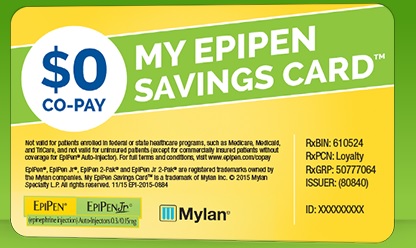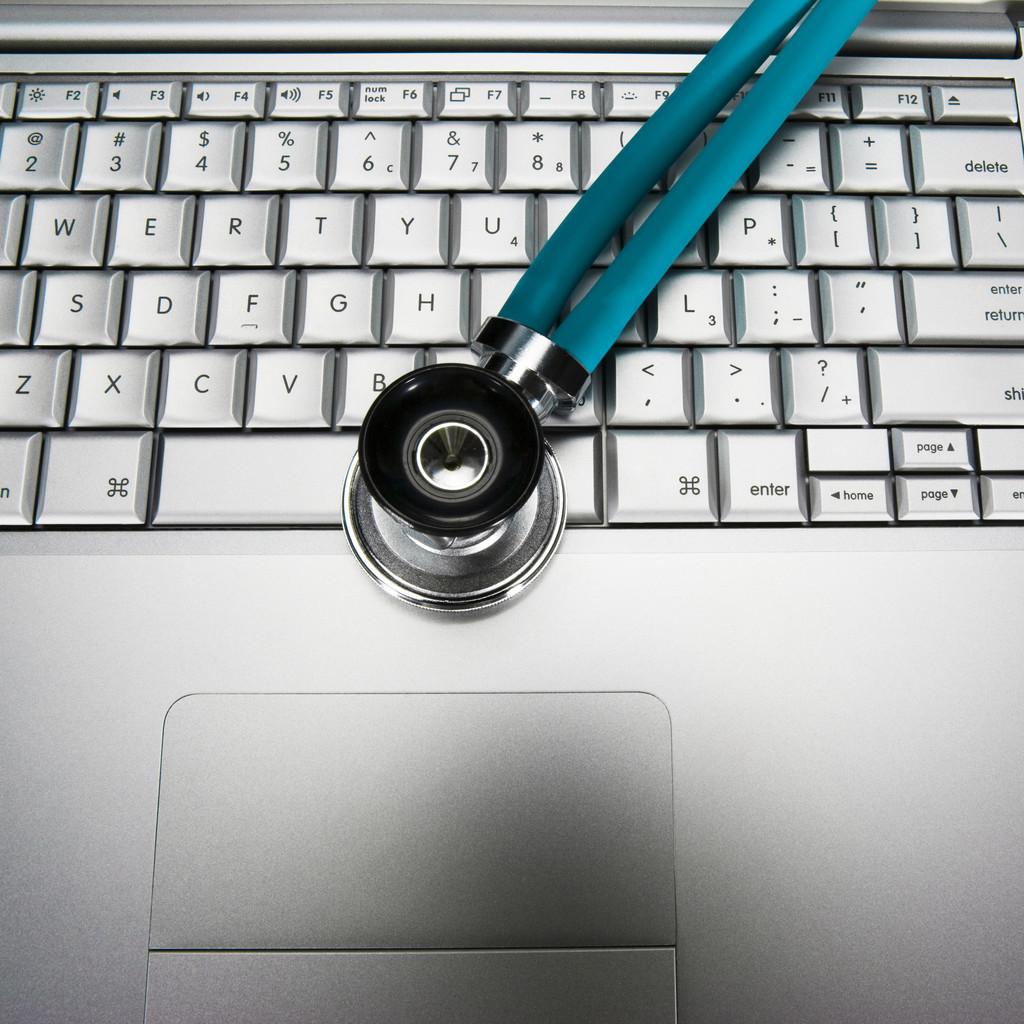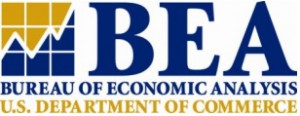CPI: Medical Care Prices Rose 10 Times More Than Non-Medical Prices in August
 The Consumer Price Index rose 0.2 percent in August. Medical prices, however, continued their upward march, increasing by one full percent – 10 times more than non-medical consumer goods and services. If prices for medical care had been flat, the CPI would have risen by just 0.1 percent. Hospital services, prescription drugs, and health insurance stand out even within medical care. Price increases for medical care have contributed 42 percent of the overall CPI increase.
The Consumer Price Index rose 0.2 percent in August. Medical prices, however, continued their upward march, increasing by one full percent – 10 times more than non-medical consumer goods and services. If prices for medical care had been flat, the CPI would have risen by just 0.1 percent. Hospital services, prescription drugs, and health insurance stand out even within medical care. Price increases for medical care have contributed 42 percent of the overall CPI increase.
Over the last twelve months, prices for medical care have increased seven times faster than prices for non-medical items in the CPI. Price increases for medical care have contributed 36 percent of the overall CPI increase.
Many observers of medical prices decline to differentiate between nominal and real inflation. Because CPI is flat, even relatively moderate nominal price hikes for medical care are actually substantial real price hikes. More than six years after the Affordable Care Act was passed, consumers are seeing no relief from high medical prices, which have increased over twice as much as the CPI less medical care since March 2010, the month President Obama signed the law.
(See Figure I and Table I below the fold):






